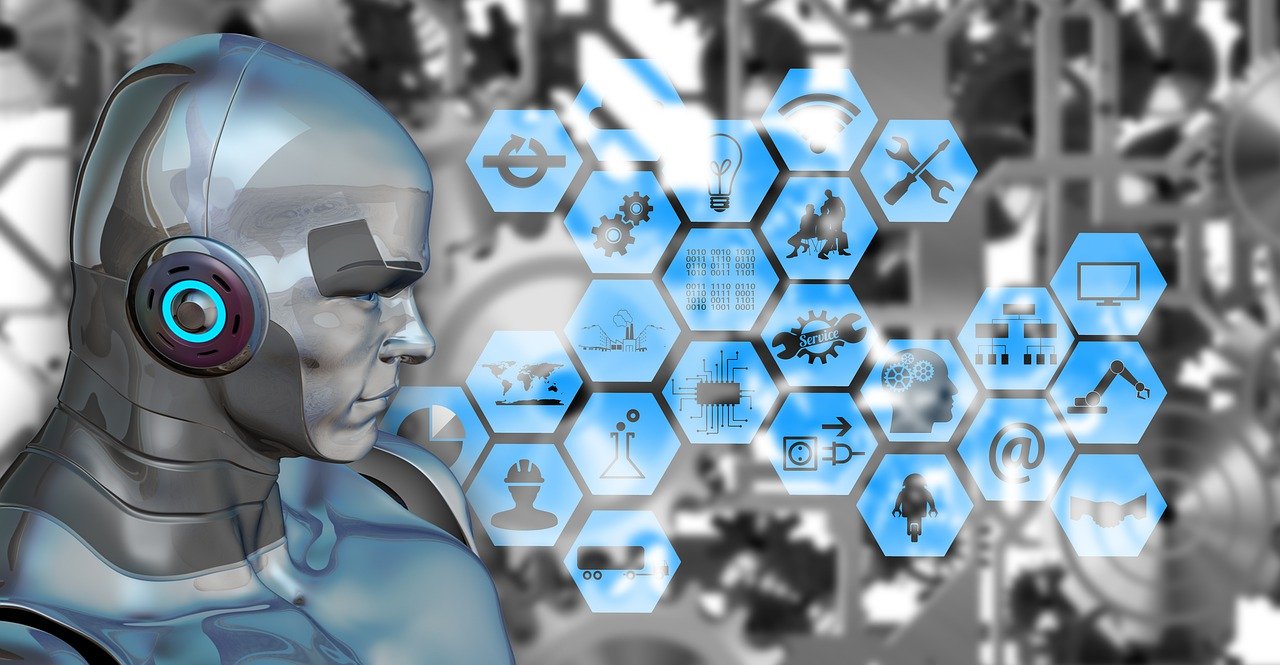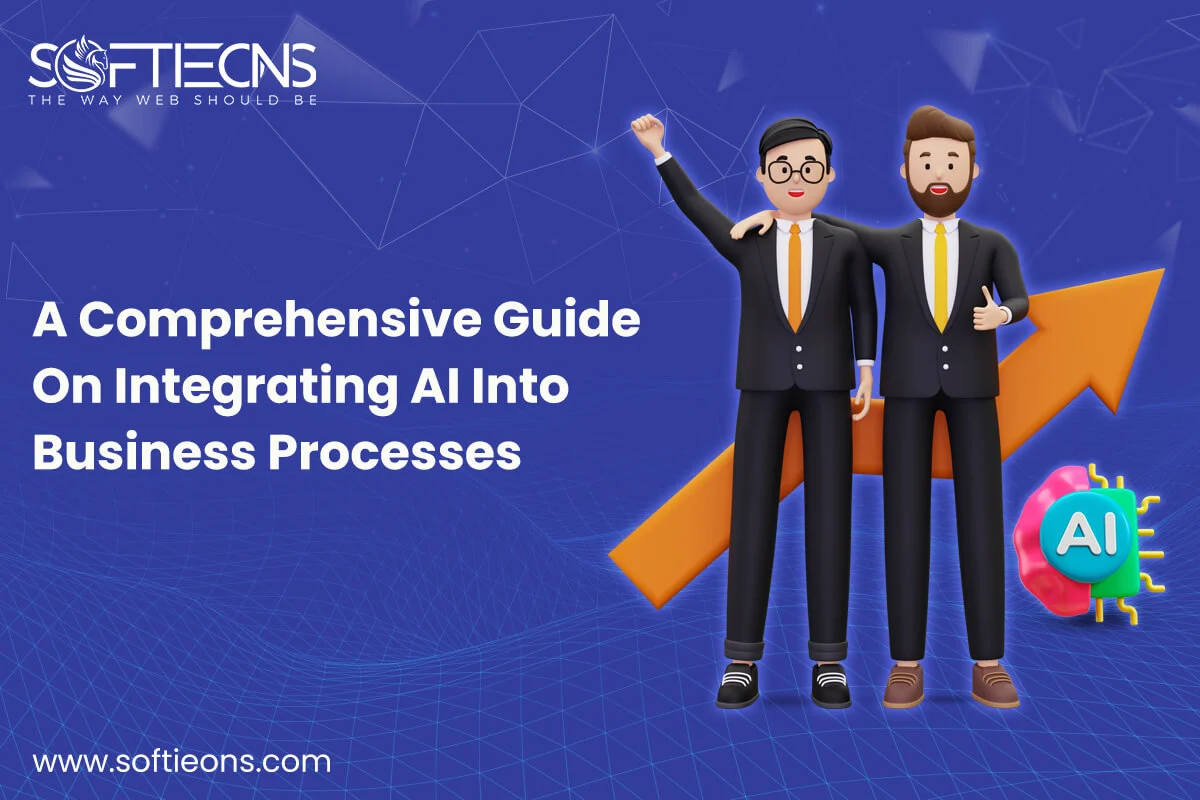The Internet of Things
Thu, 08 Apr 2021
The internet of things is closely linked to some technological developments and is strongly linked to concepts like ubiquitous computing and AI An essential feature is that IoT can turn ordinary objects into devices. They are identifiable through an IP address, recording the state of things through sensors, and using chips as storage capacity. Built-in mini-computers mean they can automatically control themselves, regulate their environments, and exchange data.
Sometimes they learn to recognize patterns through machine learning, generalize them, and conclude to adapt to situations and optimize themselves continuously. Even simple radio technology such as RFID or Bluetooth is sufficient to convert physical objects into a receiver-transmitter system. Using more complex communication technology like 4 G, connected devices can transmit large amounts of data over long distances, without interference, to a cloud or other IoT device.
The following characteristics are associated with IoT:
- Collection, storage, and data processing
- Communication with each other
- Networking
- Ubiquity
- Self-regulation
- Learning ability
What is the aim of IoT?
The internet of things could simplify all areas of our lives. His development is driven by the prospect of a more comfortable daily life, a more efficient economy and administration, safer roads, a more environmentally friendly energy supply, and a healthier lifestyle. Many activities can be better planned, based on the data collected by the networked machines. Objects networked via IoT function more reliably, and above all faster than humans, especially in combination with AI systems.
Internet-compatible things, which constantly exchange information and can learn from each other, can predict risks without human intervention. They can then regulatorily intervene and optimize processes and machines that can maintain themselves or plan production processes in factories to save time and money in real-time. Self-controlled heaters or sensors that report the exact needs for water and fertilizer in agriculture are also ensuring a more environmentally friendly and efficient use of resources.
Advantages of the internet of things:
- Access information
- Communication
- Cost-effective
- Automation
Disadvantages of the internet of things:
- Privacy & security
- Complexity
- Lesser jobs
- Dependability
POPULAR POSTS
Shopify vs. WordPress: Which one is best for e-commerce?
Wed, 07 Apr 2021Role of IoT in the Real Estate Industry
Wed, 14 Apr 2021Why UX And UI Is Important For Mobile Application Development
Sat, 01 May 2021Telemedicine's Advantages in Nursing Homes
Fri, 24 Dec 2021RECENT POSTS
Exploring the Benefits of Professional Website Design Companies
Fri, 29 Mar 2024Understanding The Role Of Web Design Firms
Fri, 22 Mar 20245 Benefits Of Using Angular For Your Web Development
Tue, 05 Mar 2024A Comprehensive Guide On Integrating AI Into Business Processes
Thu, 29 Feb 2024









